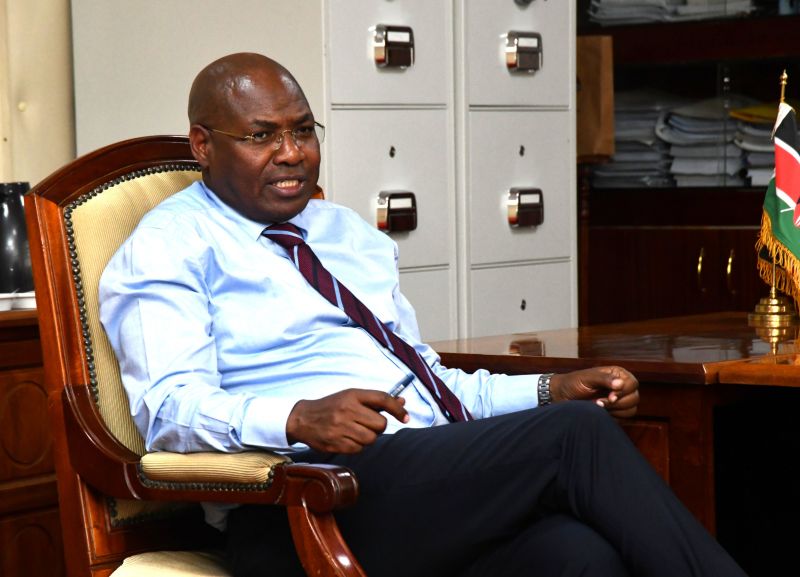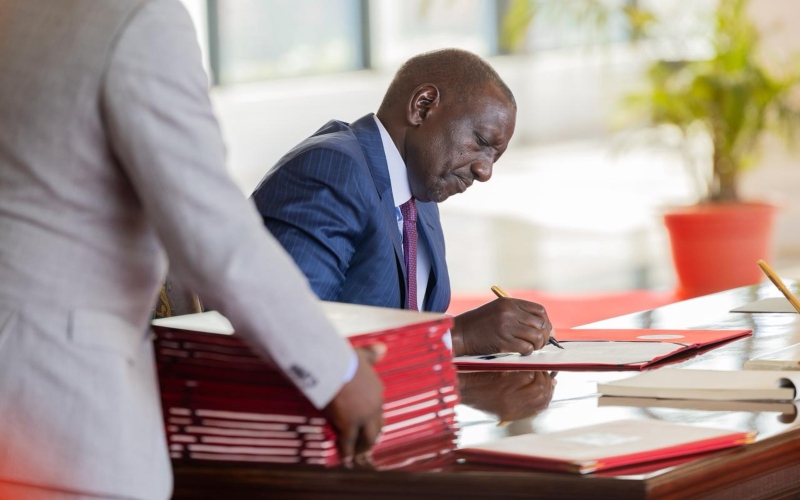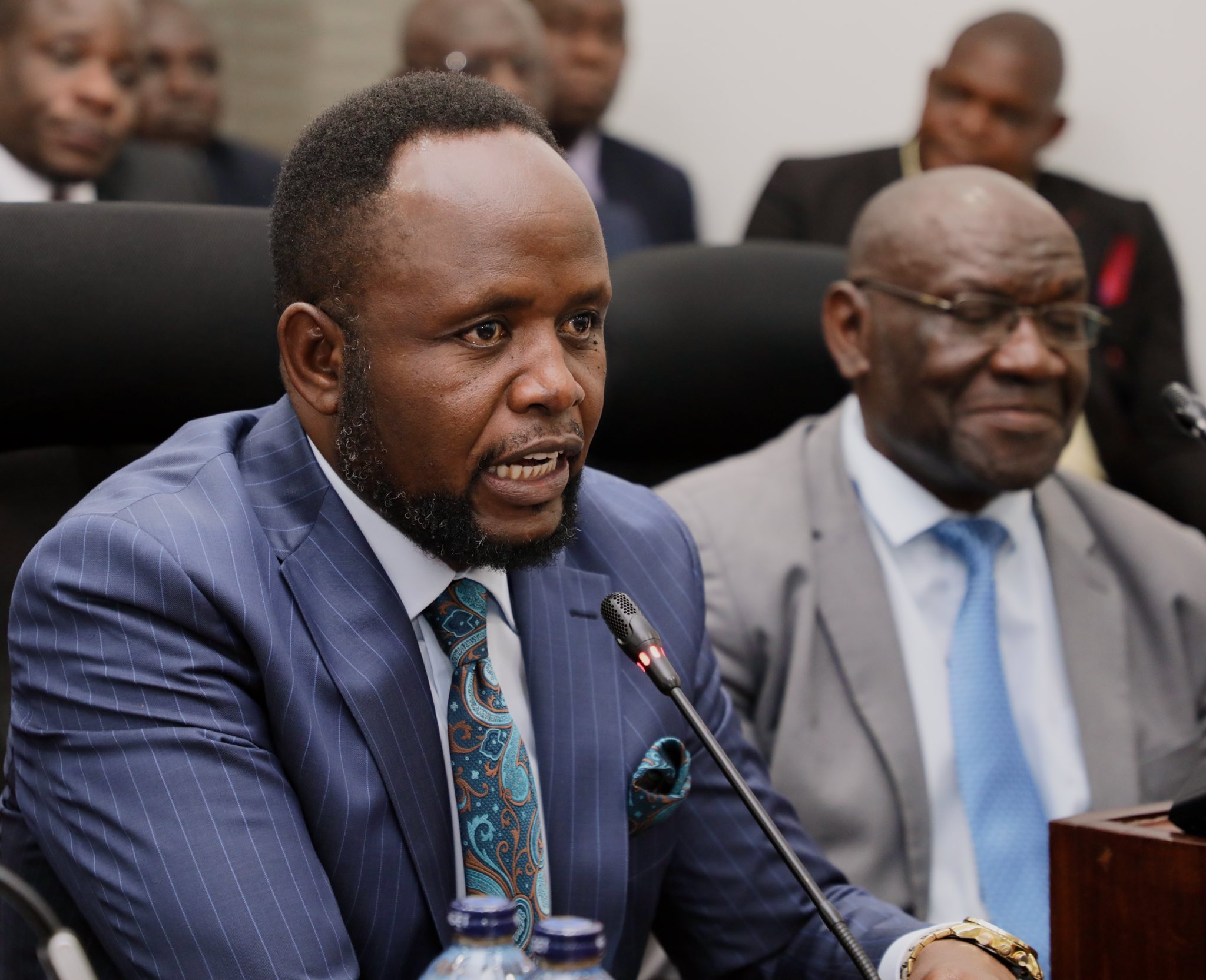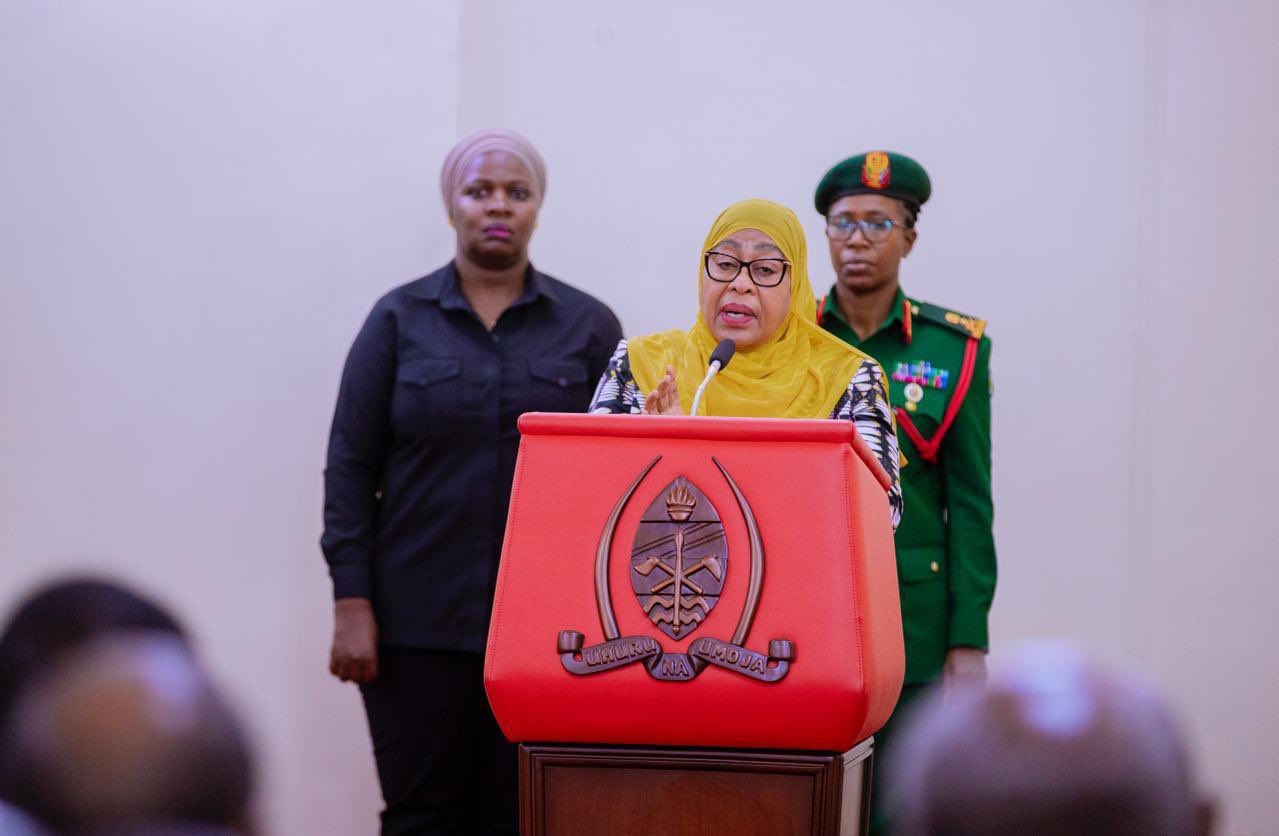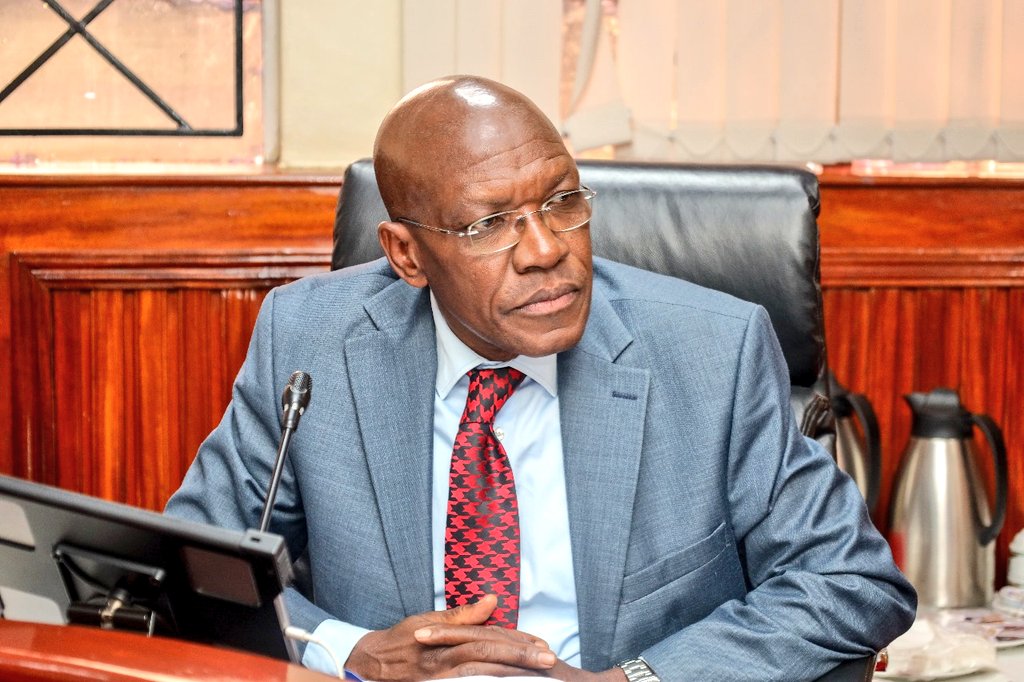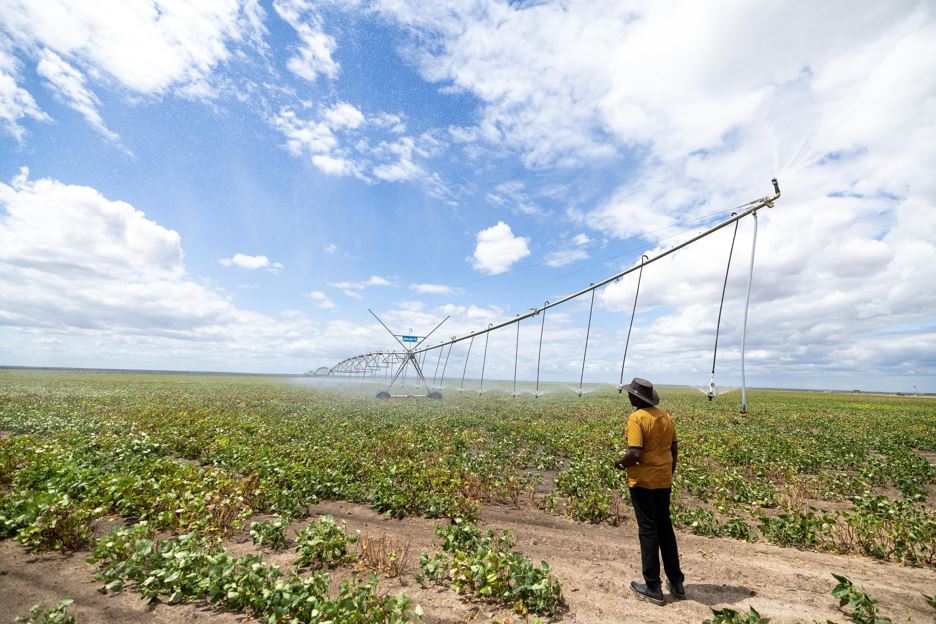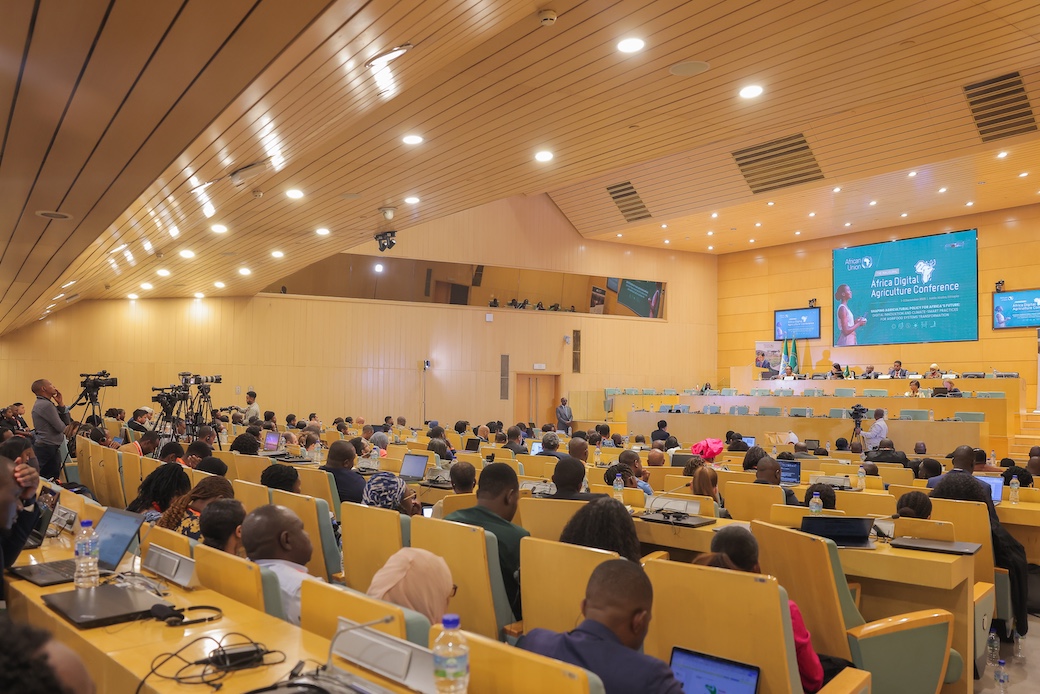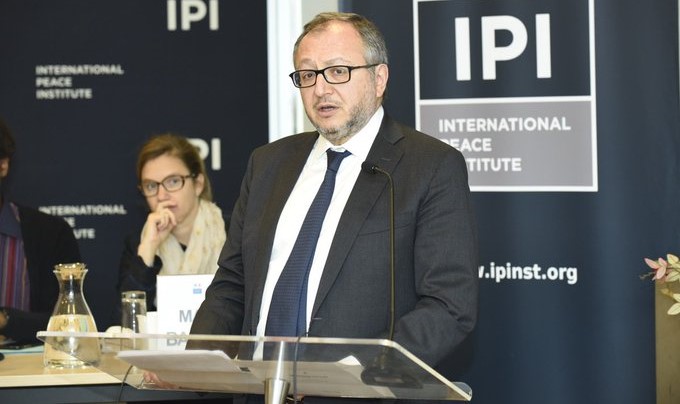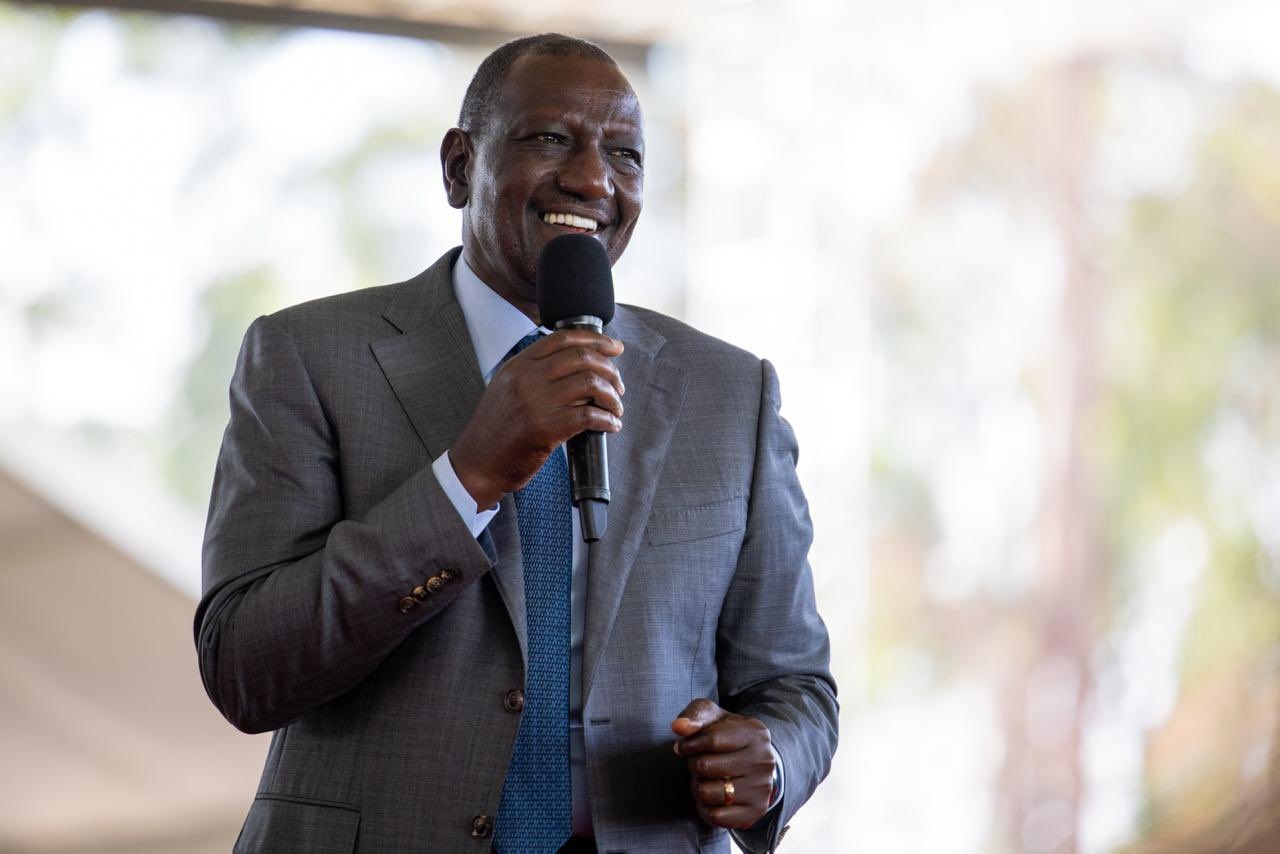Government defends four per cent sugar levy amid pushback from millers

This is despite pushback from millers who argue that the levy will increase their financial burden.
The government has defended the four per cent Sugar Development Levy, arguing it is necessary to sustain industry growth, fund research, and cushion the sector against cane shortages.
This is despite pushback from millers who argue that the levy will increase their financial burden, with some calling for a reduction to as low as one per cent, while others demanded an increase to 10 per cent.
More To Read
- Sugarcane shortage slashes Kenya’s sugar production by 25 per cent
- Government to allow raw sugar imports to ease 400,000 metric tonne shortage
- Governor Anyang' Nyong’o warns redundancy approval could push sugar sector into crisis
- Sugar prices set to rise as new levy takes effect
- Boost for farmers as sugarcane prices raised to Sh5,500 per tonne
- Sugar price to rise from February as new 4 per cent development levy on sweetener takes effect
Appearing before the Senate Committee on Delegated Legislation on Thursday, Agriculture and Livestock Development Cabinet Secretary Mutahi Kagwe said the levy, already gazetted and in effect since July 1, 2025, under Section 40(1) of the Sugar Act, 2024, was agreed upon after broad consultations and a Regulatory Impact Assessment.
“Maintaining the rate at 4 per cent is not about burdening the industry, but about aligning resources to the scale and scope of today’s challenges and opportunities,” Kagwe told the committee.
He explained that most stakeholders settled on four per cent, a position the ministry adopted.
“The levy can be reduced later in years, but at present we must consolidate resources to secure the sector’s growth,” he said.
Kagwe, who was accompanied by Sugar Board CEO Jude Chesire, further said the Kenya Sugar Research and Training Institute (KESRETI) has had its mandate broadened under the new law to include training, a responsibility that requires heavy investment in both curriculum and infrastructure.
“The four per cent levy ensures adequate and sustainable financing to meet these expanded obligations,” he added.
He assured senators that proper management and oversight of the levy would be carried out in consultation with stakeholders. According to the CS, management and oversight of this levy will be done properly with its stakeholders, where “farmers from the majority in the Sugar Board will make decisions on how the funds are applied.”
Under the Sugar Act, the proceeds of the four per cent levy are ring-fenced to support specific priorities within the industry.
Forty per cent is allocated to cane development and productivity enhancement, while 15 per cent goes to factory rehabilitation. Another 15 per cent is channelled into research and training, particularly through the Kenya Sugar Research and Training Institute, and an equal share is set aside for infrastructure projects in sugarcane-growing regions.
Ten per cent of the funds are directed towards the administration of the Kenya Sugar Board, with the remaining five per cent earmarked for strengthening farmer organisations.
The CS stressed that these allocations are crucial at a time when the industry is struggling with a severe cane shortage, new milling investments in Transmara and Bura, and the urgent need to replace 97 per cent of old sugarcane varieties with high-yield, drought and disease-resistant varieties.
He also noted that the government is ready to work with millers to promote the production of industrial sugar within Kenya, which he said will help reduce dependency on imports.
The levy applies to all local millers and importers. For sugar produced locally, it is calculated on the ex-factory price, while imported sugar is charged on the cost, insurance and freight (CIF) value of consignments. The Kenya Revenue Authority (KRA) is tasked with collecting the levy and remitting it to the Sugar Development Fund.
Industry statistics show a sharp increase in sugar imports, with their value rising from Sh6.9 billion in 2015 to Sh49.4 billion in 2023. Over the same period, import volumes grew from 129,430 tonnes to 551,250 tonnes, while the average nominal price per kilogram climbed from Sh53.9 to Sh89.7. Even when adjusted for inflation using 2014 as the base year, the real price still rose from Sh57.7 to Sh80 per kilogram, evidence that sugar has steadily become more expensive.
The Senate Committee is now expected to weigh the ministry’s submissions alongside stakeholder concerns before deciding whether the four per cent levy will stand or be revised downward.
Top Stories Today
